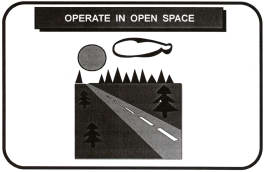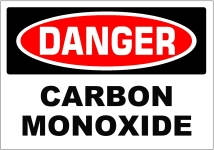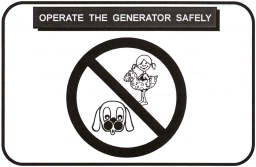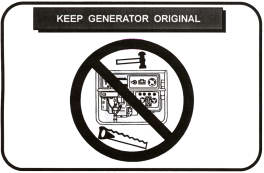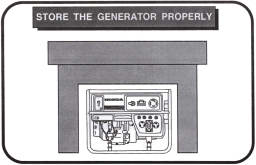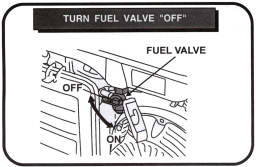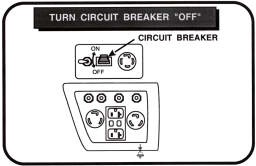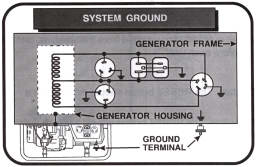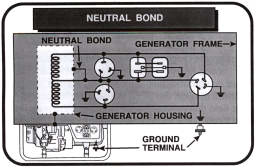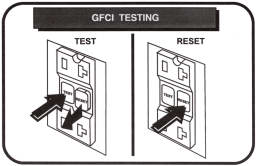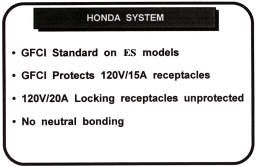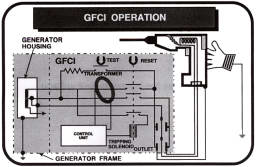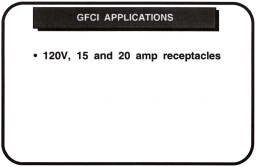Don’t operate the generator inside a building, vehicle, or an enclosure.
The engine’s exhaust contains poisonous carbon monoxide. If you run the generator in an area that is confined, even partially enclosed, or if the exhaust is pointed toward a partially enclosed work area, the air you breathe could contain a dangerous amount of exhaust gas. To keep exhaust from building up, operate only in open areas and provide adequate ventilation.
The generator must also breathe fresh air. Intake air for generator and engine cooling, and combustion air must no be contaminated with engine exhaust.
